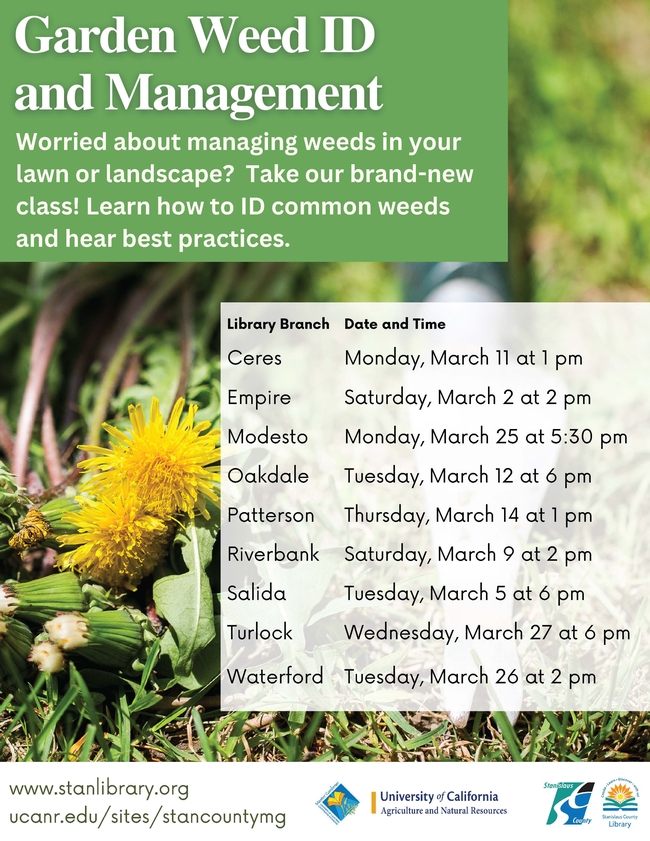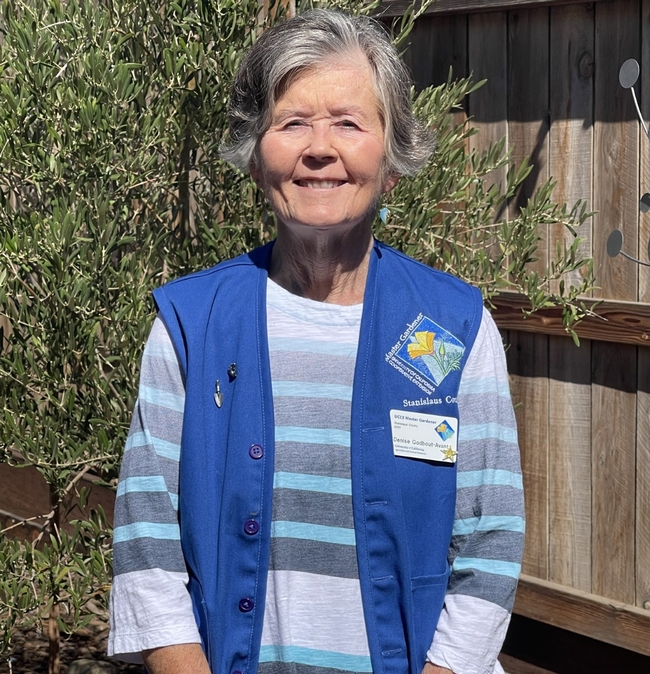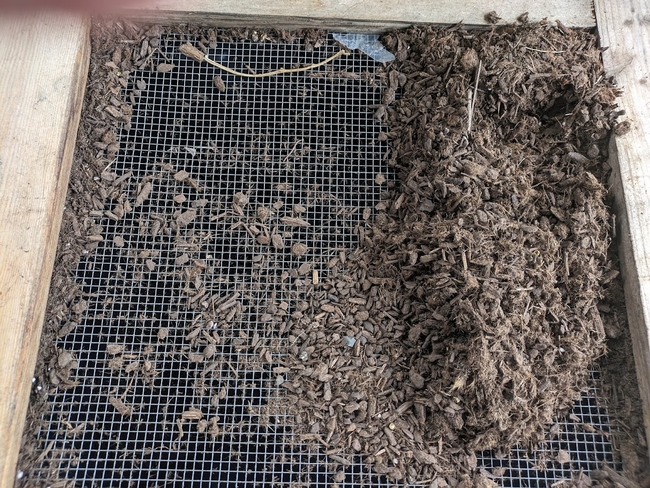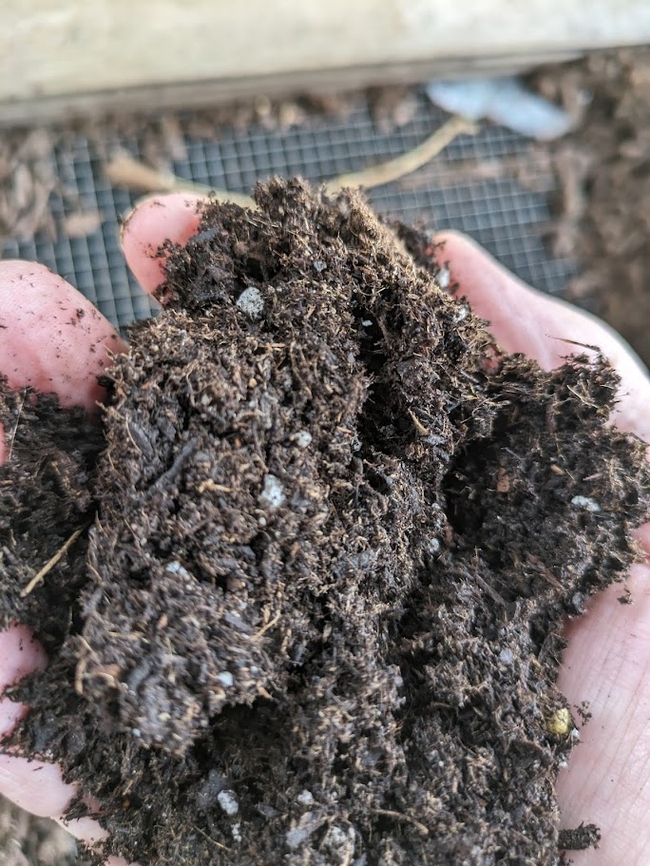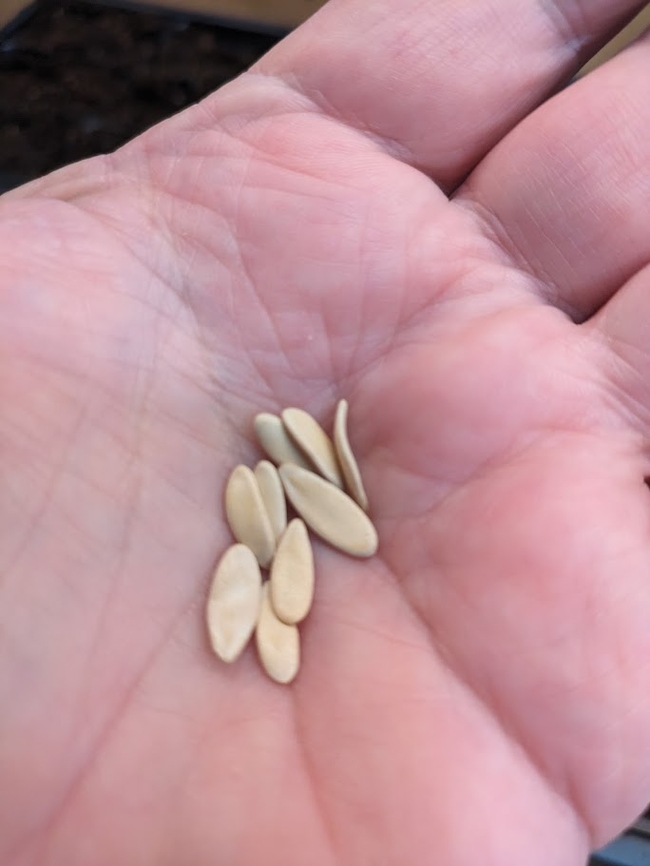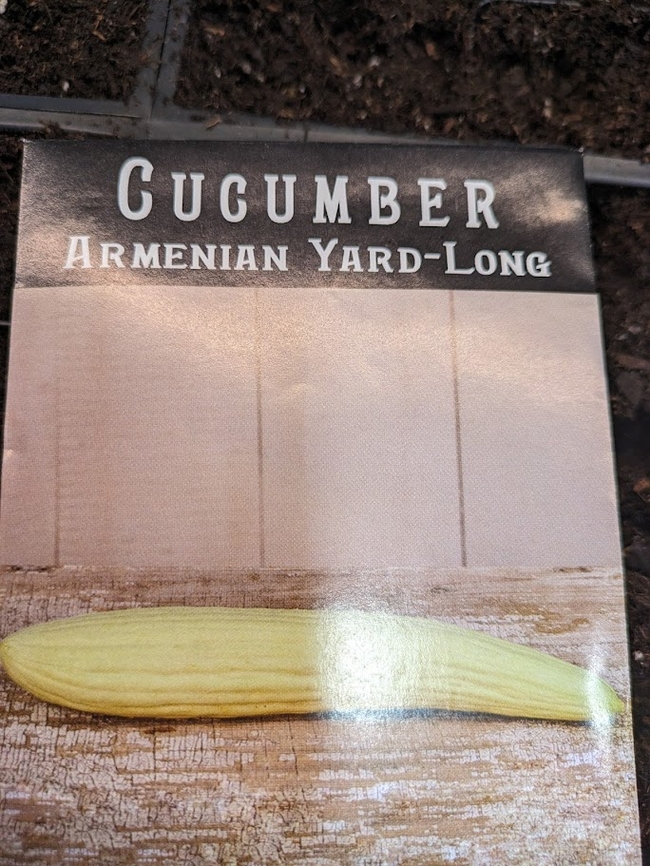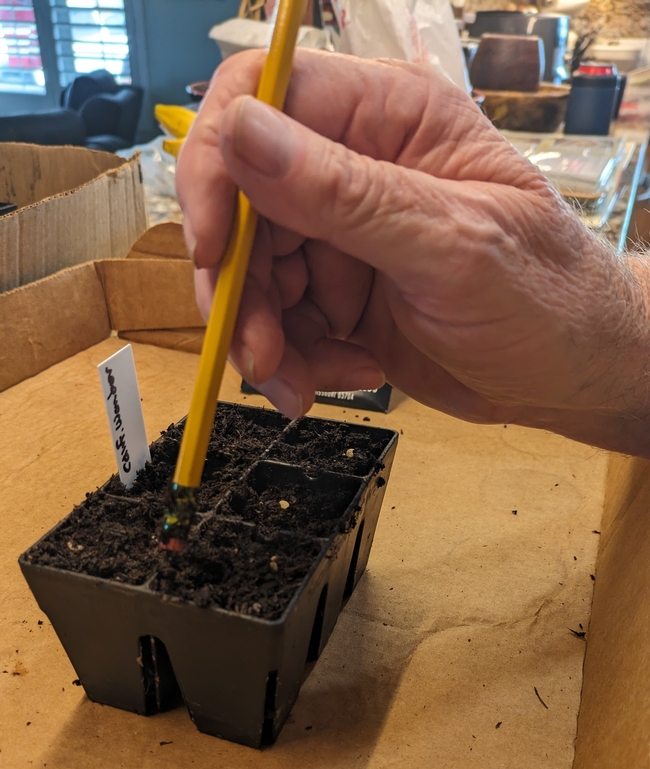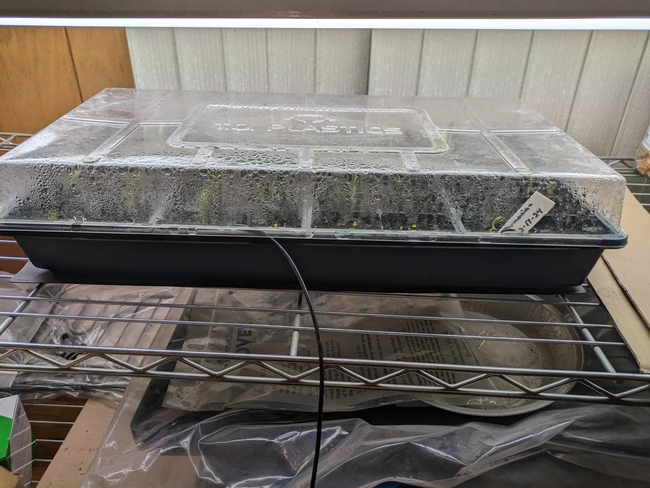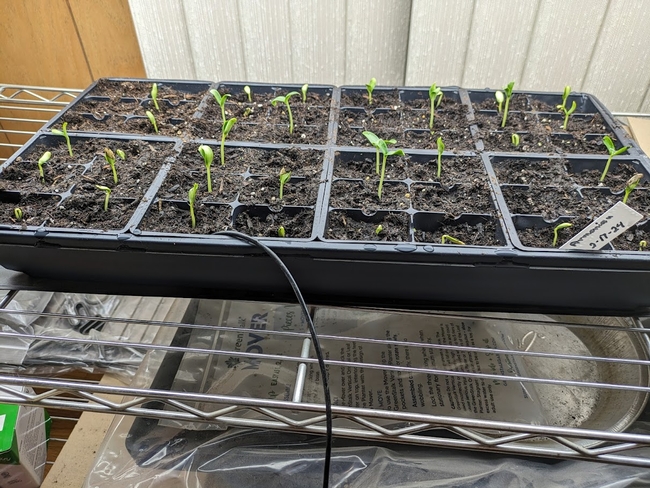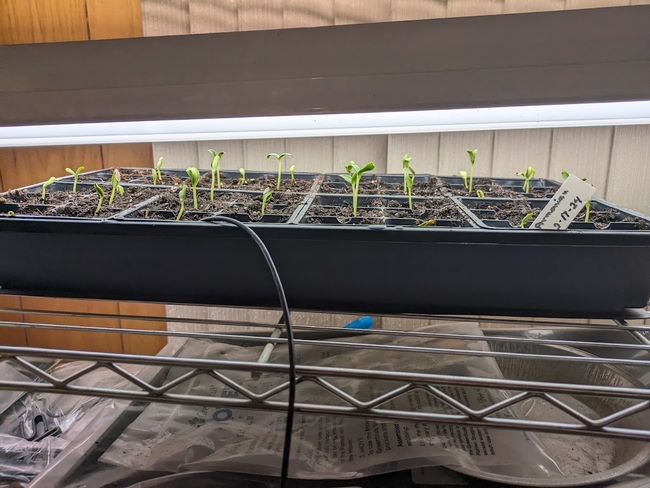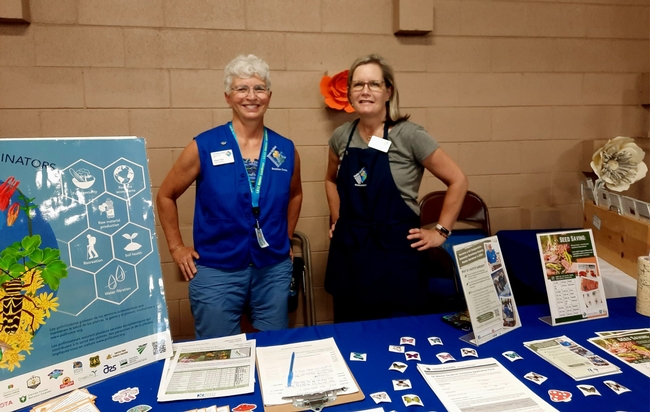- Author: Denise Godbout-Avant
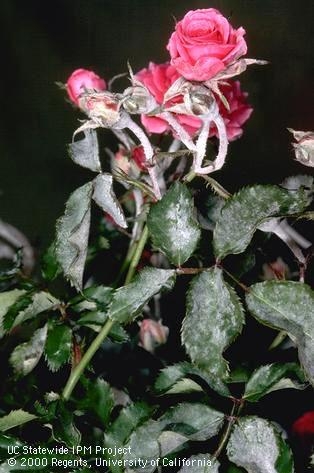
Plant diseases are common at home gardens. About 8,000 species of fungi, 150 species of bacteria, and 500 viruses are known to cause disease in plants.
The rose bush has powdery mildew, the apple tree is infected with fire blight, and the peach tree has peach leaf curl. These three diseases are the most familiar diseases found in home gardens in our area.
Powdery Mildew
Powdery mildew is caused by several fungi and affects a wide variety of plants with different species affecting ornamentals, fruits and berries, and vegetables. White powdery spots spread throughout the surface of leaves giving the appearance they have been sprinkled with flour. Leaves become twisted and distorted, turning brown or yellow, and drop off. It thrives in shady areas of warm, dry Mediterranean-type climates, thus is more prevalent than many other diseases in our dry summer and fall seasons. The fungi spores are carried by wind to new hosts. Plants affected include roses, crape myrtle, dogwood, peach, apple, grapes, squash, cucumber, cantaloupe, and beans.
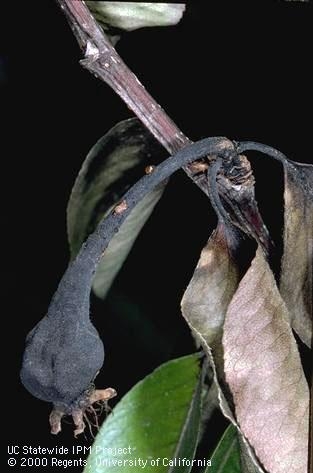
- Powdery Mildew on Fruits and Berries https://ipm.ucanr.edu/PMG/PESTNOTES/pn7494.html
- Powdery Mildew on Vegetables https://ipm.ucanr.edu/PMG/PESTNOTES/pn7406.html
- Powdery Mildew on Ornamentals https://ipm.ucanr.edu/PMG/PESTNOTES/pn7493.html
Fire Blight
Fire blight is caused by the bacteria Erwinia amylovora. It generally attacks the plant's blossoms, moving onto the branches, getting its name from the burnt appearance of the flowers and twigs. Symptoms include sudden wilting, shriveling, and blackening of shoots and blossoms, and a bacterial ooze secreting from cankers (a localized discolored, sunken, circular dead area). It is easily spread via water or rain splashing, insects and birds, other infected plants, and unclean gardening tools. Late spring or early summer, during warm, moist conditions is the period of greatest spread. Plants affected include apples, pears, quince, crabapple, hawthorn, tomatoes, and potatoes. The disease can destroy limbs and even the entire plant.
Unfortunately, fire blight is difficult to control. On susceptible trees like pear, Asian pear, and some apple varieties, blight symptoms should be removed as soon as they appear in spring. To ensure removal of all infected wood, cut the branch at least 6” from the visible infection, and dip pruning shears in a 10% bleach in water solution between cuts.
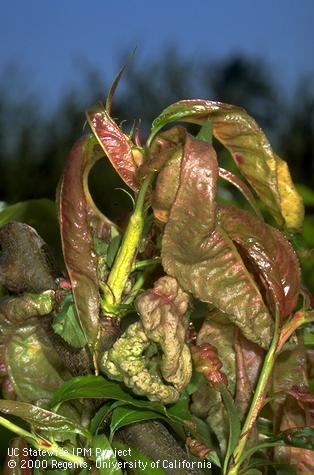
Learn more about Fire Blight from UC IPM at https://ipm.ucanr.edu/PMG/PESTNOTES/pn7414.html
Peach Leaf Curl
Peach leaf curl is a fungal disease caused by Taphrina deformans which affects only peach and nectarine trees. As the Latin species name suggests, symptoms include leaves that become deformed in the spring. New leaves and shoots form reddish blistering, pucker and curl, thickening, then becoming yellow or grayish white, and may drop off. Cool, wet spring weather prolongs disease development, which spreads by rain and water splashing. A second set of leaves may replace fallen leaves and tree growth may appear normal. However, spores that can infect next year's growth may remain.
Treat peach leaf curl in late fall and winter with copper-based products. During wet years such as this one, a second application may be required in late winter, before flowers begin to bloom.
Learn more about Peach Leaf Curl from UC IPM by visiting https://ipm.ucanr.edu/PMG/PESTNOTES/pn7426.html
Help Prevent Spread and Manage Plant Diseases
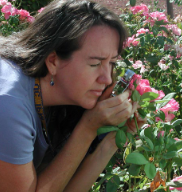
- Choose plants that are tolerant or resistant to the disease.
- Identify the disease affecting your plant.
- Learn the conditions when the disease thrives, how it spreads, and when it is dormant, so can determine the best way to manage it.
- Clean cutting and pruning tools in between cuts with a solution of 3:1 denatured alcohol to water or 10% bleach solution to reduce the spread of disease.
- Always follow instructions on pesticide labels, ensuring you have the right chemical for the specific disease you are attempting to manage, use the correct dosage listed, and apply at the most effective time of year and day.
Need Help? Contact a UC Master Gardener Office Near You!
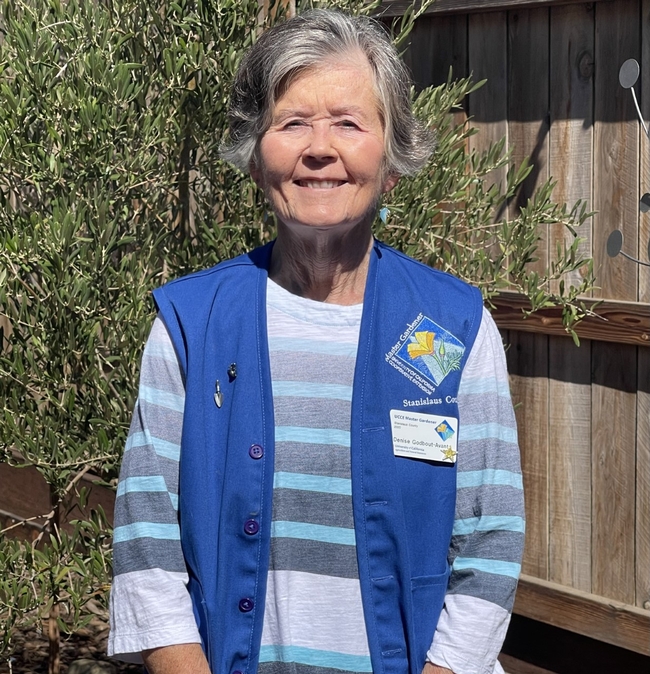
For Stanislaus County, visit our website at https://ucanr.edu/sites/stancountymg/Application_Information/ to find our phone number, hours, and to fill out an online survey where you can submit photos.
It's best to contact the office nearest you, as climates, plant species, diseases, insects and other factors vary across the state of California.
Resources
UC Integrated Pest Management (UC IPM) is an excellent source to find information on other common garden diseases and pests (https://ipm.ucanr.edu/) and you can also watch a Webinar about Plant Diseases and Abiotic Disorders at https://www.youtube.com/watch?v=lZra4jibb4U
Denise Godbout-Avant has been a UCCE Master Gardener with Stanislaus County since 2020.
- Author: Denise Godbout-Avant
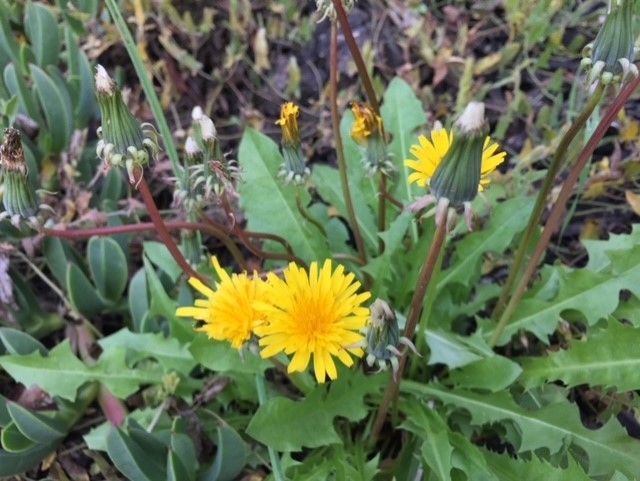
What is a Weed?
A weed is basically an undesirable plant growing in an undesirable spot. However, what one person considers to be a weed may be a desirable plant to someone else. One example would be planting Bermuda grass in a ball field. Another would be harvesting nettles to make tea.
I must confess I have a love-hate relationship with dandelions and thistle. Dandelions are wonderful greens in salads. I also love blowing the seeds from dandelions and watching them float on the breeze. Both dandelions and thistles have lovely, bright, colorful flowers that attract honeybees who make delicious honey from those flowers.
Weeds are invasive by producing a lot of seeds, giving them a high reproductive rate. They grow rapidly and can thrive in areas such as dry or waterlogged dirt, nutrient-poor soils, or compacted land. These characteristics allow them to outcompete landscape or native plants. They can also harbor plant pathogens or harmful insects.
Why Control Weeds?
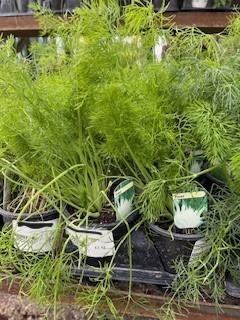
How to Control Weeds?
Preventing weeds is always the best method. Mulching can help prevent weeds from starting or spreading. Another way to control weeds is by digging out or cutting down the entire weed before they go to seed. Pre-emergent and post-emergent herbicides are other options but be sure you have identified the weed you want to prevent or eliminate and use an herbicide that targets that weed. Always follow directions exactly to have maximum effectiveness with minimal environmental impact.
Learn More About Springtime Weeds at Master Gardener Library Talks
During the month of March, the Stanislaus County UC Master Gardeners will be giving talks about Weed ID and Management at county libraries. Come learn more about what weeds are, some common weeds in our area, how to identify them, and ways to manage them. Classes are free, and you do not need to sign up.
Resources
- UC Integrated Pest Management website: ipm.ucanr.edu
- UC Master Gardener Stanislaus County Help Line: Call (209) 525-6802 or submit a survey with attached photos to http://ucanr.edu/ask/ucmgstanislaus
Denise Godbout-Avant has been a UCCE Master Gardener with Stanislaus County since 2020.
We are getting close to the typical average last frost date at March 3rd. So now is the time to start some cucumber, squash or melon seeds indoors.
Starting Mix
First, you need some seed starting mix. You can use ready-made mixes, or you can make your own by using potting soil mix you have on hand. Since I always have some potting soil mix on hand for use in containers or up potting starts, I use that. I suggest screening it through a ¼ inch hardware cloth sieve to take out any larger pieces which might block the seeds from poking through the mix.
Once the soil is hydrated, add it to the seed trays. Since cucumber, squash, and melon seeds are larger seeds, they are planted at about twice their size or roughly ½ inch depth.
Next, place your starter tray on a rack or designated place, covering it with a humidity dome. If you have plant-start heating mats, they can be very helpful by warming the soil, but are not absolutely necessary. It is customary to “bottom” water seeds, so add water to the tray your seeds are in. The soil should be moist enough from the initial wetting process described above, thus only a little water should be needed in the tray. Add water only when soil dries out slightly. After about 15 minutes, if any water remains in the tray, drain it. The humidity dome should stay on until the seedlings begin to show.
Seedlings
The Armenian cucumber seeds in these photos germinated over five days from February 17th through the 22nd with the humidity dome being removed on February 22nd.
At this point the seedlings should be placed under grow lights slightly above their height. Adjust the height of the light as the seedlings grow. If the grow lights are too high, the seedlings will likely become “leggy,” because they are stretching to reach more light. This will cause them to be weaker due to the main stem being too long and thin, and likely top heavy. The first set of leaves on the seedlings are the cotyledon leaves. The next set of leaves you will see are the first true leaves and the cotyledon leaves will likely drop off.
Preparing Plants for the Garden

Hardening off is the process of acclimating the new seedling to the outdoors. This starts by moving them outdoors the first day for perhaps 2 hours. This continues daily, increasing amount of time of outdoor exposure each day for about 1 week. By then your new starts should be able to handle being transplanted into your outdoor garden.
If you prefer not to jump start your growing season by starting seeds indoors, cucumbers, squash, and melon seeds can be started in the ground in late March. Just be sure to check the long-range weather forecast to see if any possible freezing temperatures might happen.
Tim Long has been a UC Master Gardener in Stanislaus County since 2020. All photos are by the author.
- Author: Denise Godbout-Avant
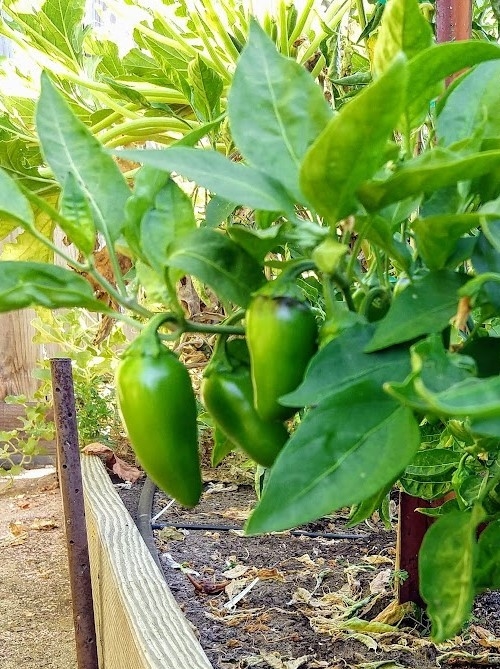
Potting the Seedlings
Plant each seedling into individual larger containers with potting soil to give them plenty of room to grow larger. Any type of pot with a drainage hole will do. Continue to keep them warm and watered from the bottom, with adequate light each day, along with the oscillating fan discussed in part one. Keep them in the pots for at least a week.
Pepper plants dislike cold, so they could die if moved outside into your garden too early. It is best to wait until all chances of frost are gone and the soil has warmed up. In our area that is usually between the end-of-March and early April.
“Hardening Off” is an Important Step!
The seedlings are used to an indoor environment where there is no rain, wind, or direct sunlight, so they need to be toughened up prior to transplanting them to your garden outside. This is called “hardening off” and is a crucial step that cannot be skipped if you want to have healthy, producing pepper plants.
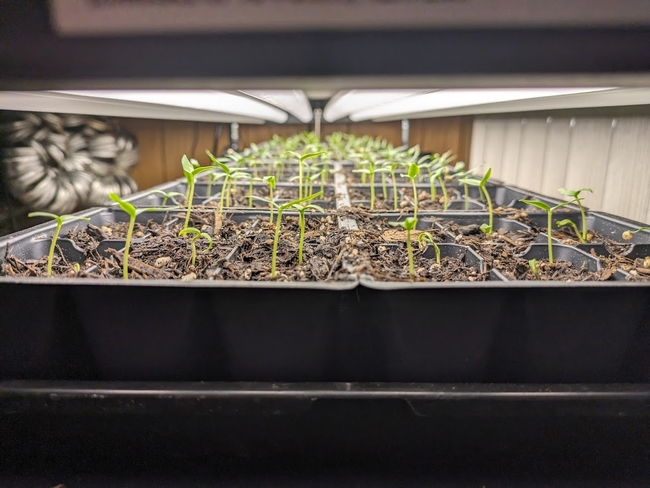
The hardening process can begin when daytime temperatures are consistently above 60°F and 7 – 14 days prior to the day you plan to transplant the seedlings to your garden:
- During the first couple days move the pots outside to a sheltered, shady spot such as a covered patio. Choose a mild weather day that is not windy or has a storm forecast. Leave them outside for two hours and bring them back inside under the grow lights. Over the next few days, gradually increase the time the plants spend outside in the protected area.
- Move plants out from the sheltered area. Again, start at just a couple hours per day, then over five – seven days gradually increase the length of time your plants are exposed to the sun. Do this during the morning or evening hours since afternoon sunlight could burn them. Gentle rain and light winds during this time will help the plants get used to the elements but move them back to protected shelter as needed if extreme weather occurs.
- The plants will dry out faster outside, so check regularly and water as needed, which could be more than once a day. They can get slightly dry, but do not let them dry out to the point of wilt.
- Once your seedlings have been outdoors all day and the temperatures are consistently above 50°F at night, you can leave them outdoors during nighttime as well. But they will still need to be protected from high winds and storms.
Planting in the Garden!
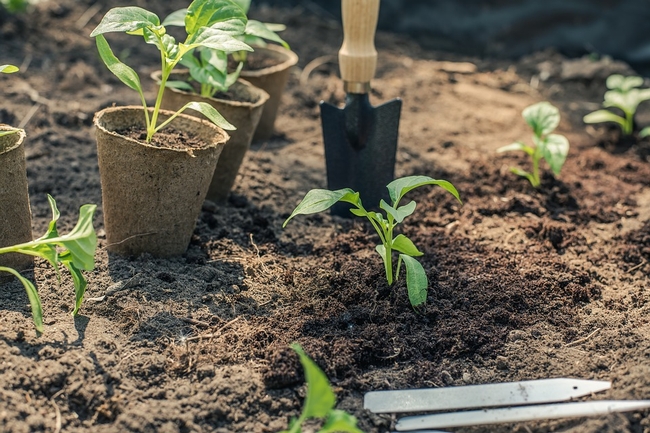
Do not overfertilize. Peppers are light feeders but will benefit from a regular feeding of a well-balanced organic fertilizer. Avoid high nitrogen fertilizers.
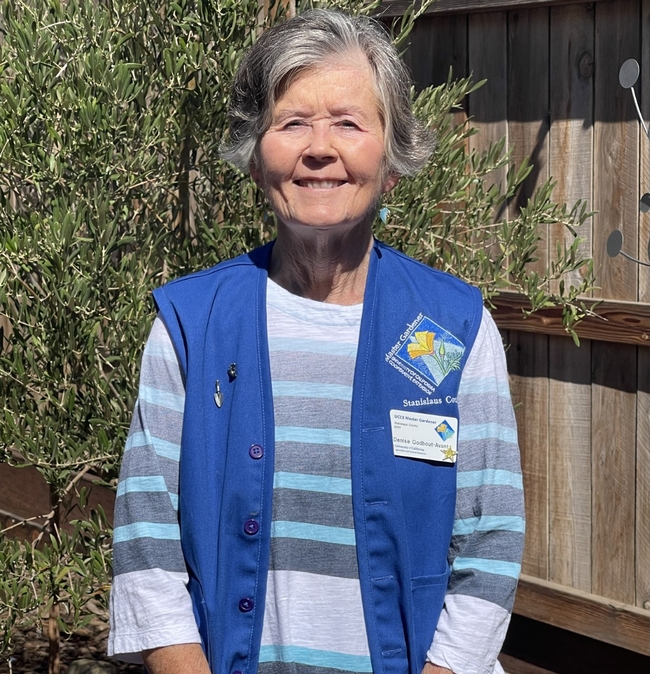
Peppers are slow to mature, so depending on the pepper variety, when you planted them in your garden, and the weather, you should be able to reap the rewards of your labor between July and September! Enjoy!
Author: Denise Godbout-Avant, UC Master Gardener since 2020

If so, please fill out this simple, two question survey found at this link: https://ucanr.edu/ucce/mg/survey

Here are the questions you'll see in the survey:
- Did you gain knowledge?
Yes No
- Will you use the information/knowledge gained? ?
- Yes, in the next 12 months.
- Probably, but not in the short term.
- No, not at all.
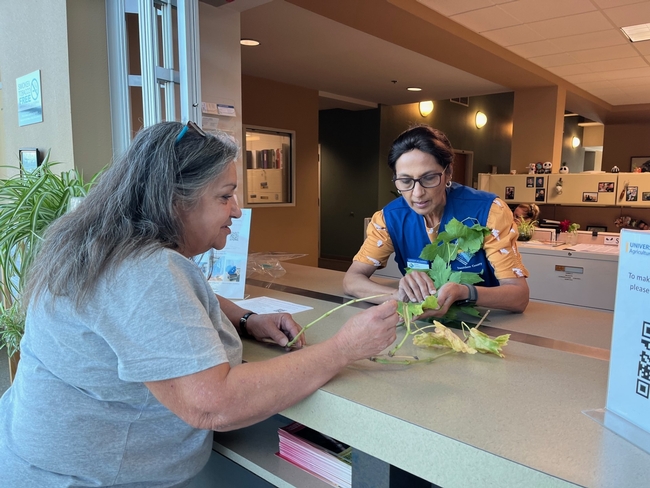
Survey Collection
We are collecting data all year long, so you only need to answer these questions once. We truly appreciate the time you take to give feedback to our program. It helps us demonstrate our value to the community by measuring our impact.
Please take a moment and fill out the survey https://ucanr.edu/ucce/mg/survey
Thank you!
Anne Schellman
UC Cooperative Extension Master Gardener Coordinator,
Stanislaus County
*Three months after you attend one of our classes, you receive an email survey with questions about the class topic. Its purpose is to find out how much you've learned and apply the information in your home garden, and is not related to the survey above.

